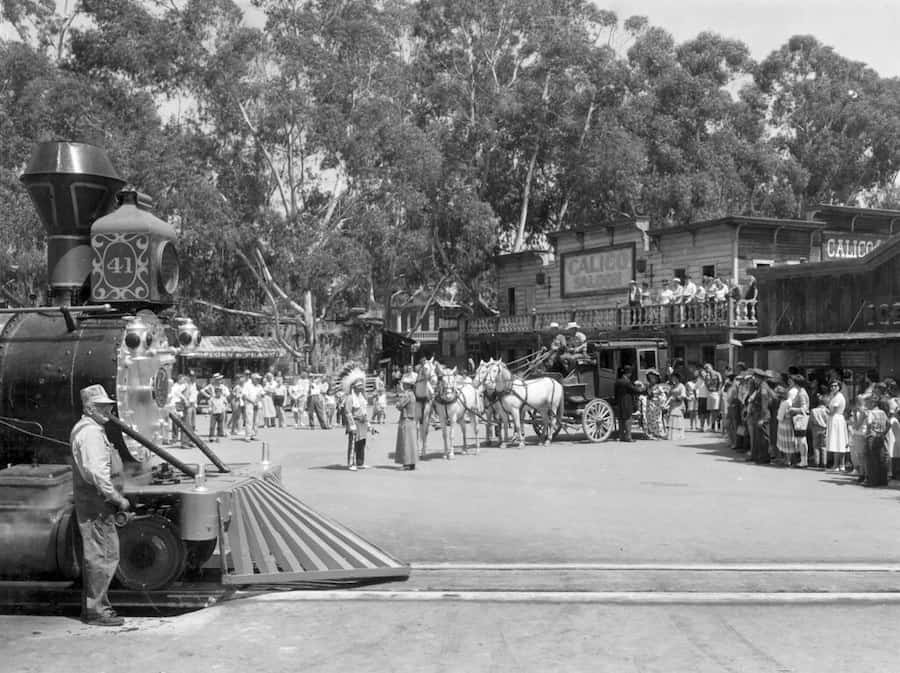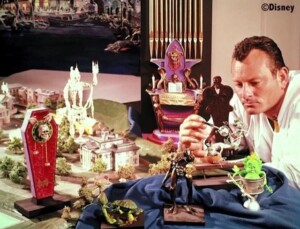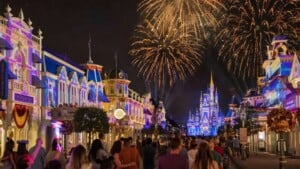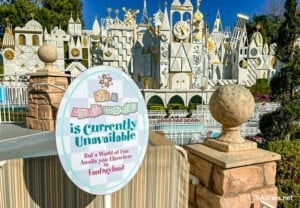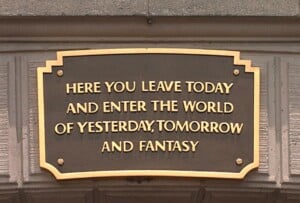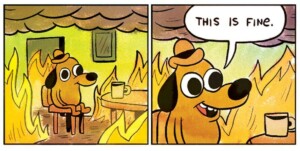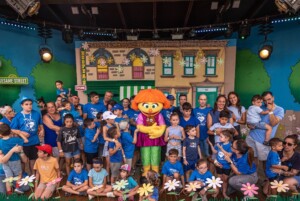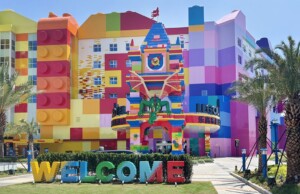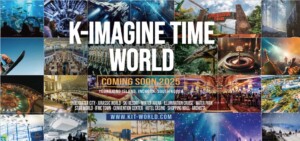It’s clear that we will see more safety functions and regulations once theme parks reopen after the COVID-19 pandemic. But should the responsibility be shared by operators and guests?
By Eddie Sotto
 Years ago I’d marvel at how for decades, Knott’s Berry Farm, (at the time America’s third most popular theme park), would run its full-sized Western steam locomotive right through the middle of the park’s bustling central plaza, “Calico Square” and never, to my knowledge, had a casualty.
Years ago I’d marvel at how for decades, Knott’s Berry Farm, (at the time America’s third most popular theme park), would run its full-sized Western steam locomotive right through the middle of the park’s bustling central plaza, “Calico Square” and never, to my knowledge, had a casualty.
Today’s corporate operators would have railings, disclaimer signage, flashing lights, bells, and all manner of barriers surrounding the train. But it never occurred to the Knott family back then as they never had an accident and no one gave them a reason to erect barriers.
Unspoken safety functions
When I joined “the farm” as a designer back in 1979, I asked how they could do that, knowing Disneyland, literally a few miles away had barriers for every occasion. The answer was that guests saw the massive train. They heard the deafening steam whistle and saw the 4-foot drive wheels spin gushing steam at their feet. And they instinctively stepped aside as they had done since 1952 when the ride premiered.
A few brave kids retrieved flattened pennies from the tracks when it had passed, but no drama. People sensed that they needed to move over and just did it. There were lines to stand behind, and an operator standing there to clear the track in case someone stumbled over the rails.
Thinking about the connection between this example and life after COVID-19, what impressed me was that some safety functions are an unspoken mutual effort on the part of the guest and the park. Certain things were common sense and we took responsibility for our actions and our kids. Today Knott’s has a traditional operator. So there are gates and barriers bisecting the square, opened each time the train departs. Times have indeed changed.
Assuming the risks
 I do long for that locomotive just being out there where you could walk right up to it, snorting steam like a bull. That awesome feeling of standing within its vapour as it shook the ground passing by is a treasured childhood memory.
I do long for that locomotive just being out there where you could walk right up to it, snorting steam like a bull. That awesome feeling of standing within its vapour as it shook the ground passing by is a treasured childhood memory.
Knott’s presents its themed reality in a very visceral way. It is a “living museum” validated by rust and authenticity, versus the manicured fantasy of Disney. Both quintessential but vastly different. At Disneyland, you meet a Princess, at Knott’s you meet “Sad Eye Joe”, a prospector doing jail time. Perhaps each place we visit presents a different expectation as to how we behave in it?
National parks are similar in that they are natural environments with limited barriers. They present certain risks which we assume when entering. European cities like Vienna, Amsterdam, and Manchester run their rail systems down the middle of the street through crosswalks. Folks just naturally move when the train comes. Few injuries there with centuries of service. It all just works. Are theme parks just different?
Are we “off the rails?”
There is truth to the notion that guests change when they escape to a theme park and leave their caution at the ticket booth. But are we as operators and designers to blame for giving the guest the impression that they can do almost anything and still be safe?
At Disneyland, there are actually directions in the restrooms to show guests how to wash their hands. Are we talking down to the guest? Is the threat of litigation to blame for taking all responsibility away from the guest or trying to “kid-proof” any and every eventuality?
Is there a sensible balance? Looking ahead to a world after COVID-19, I believe in safety functions and have practised that safety is always “Job One”. But I wonder where all of this is heading.
The train has left the station
In the new reality brought to us via a pandemic, the shared responsibility has to return. It seems to me that after COVID-19, safety functions such as distancing, washing, masks, etc. present a return to that partnership between guest and park required for the wellness of all.
No one operator can rightfully guarantee the responsible actions of thousands of fun-loving patrons. Like the railings around the train, mandates from local authorities often ignore the operational reality of how we run parks to the point of theme not being fiscally feasible.
So, my hunch is that for capacity or any kind of normalcy to emerge, it will have to be a concerted effort on both sides. Parks are supposed to be carefree releases from the stress of the day. Each of us policing the other guest’s distance does not sound like “The Happiest Place on Earth”. Can the public and operators rise to the occasion?
The next stop
I think we can if we treat guests right and are free to be highly creative with the process. Going back to the locomotive piercing the crowd. We all stood in respect for the train, not in paranoid fear of it. We stepped back in unison and we were conditioned to do that. The same can be true for how we position the “fun” in a park and make being together instinctively safe versus lots of signs, markers and legislative barriers.
There are always violators, but as Walt practised about leading by example, a clean park breeds a clean park, and trash breeds trash. There is a partnership of respecting the guest and talking up to them, looking to their better nature. For instance, thanking them in advance for how they will behave versus browbeating everyone into spaced-out lines.
After COVID-19, we will need rules and safety functions. But how we ask and how we treat guests will go a long way toward sharing the load of being safe.

